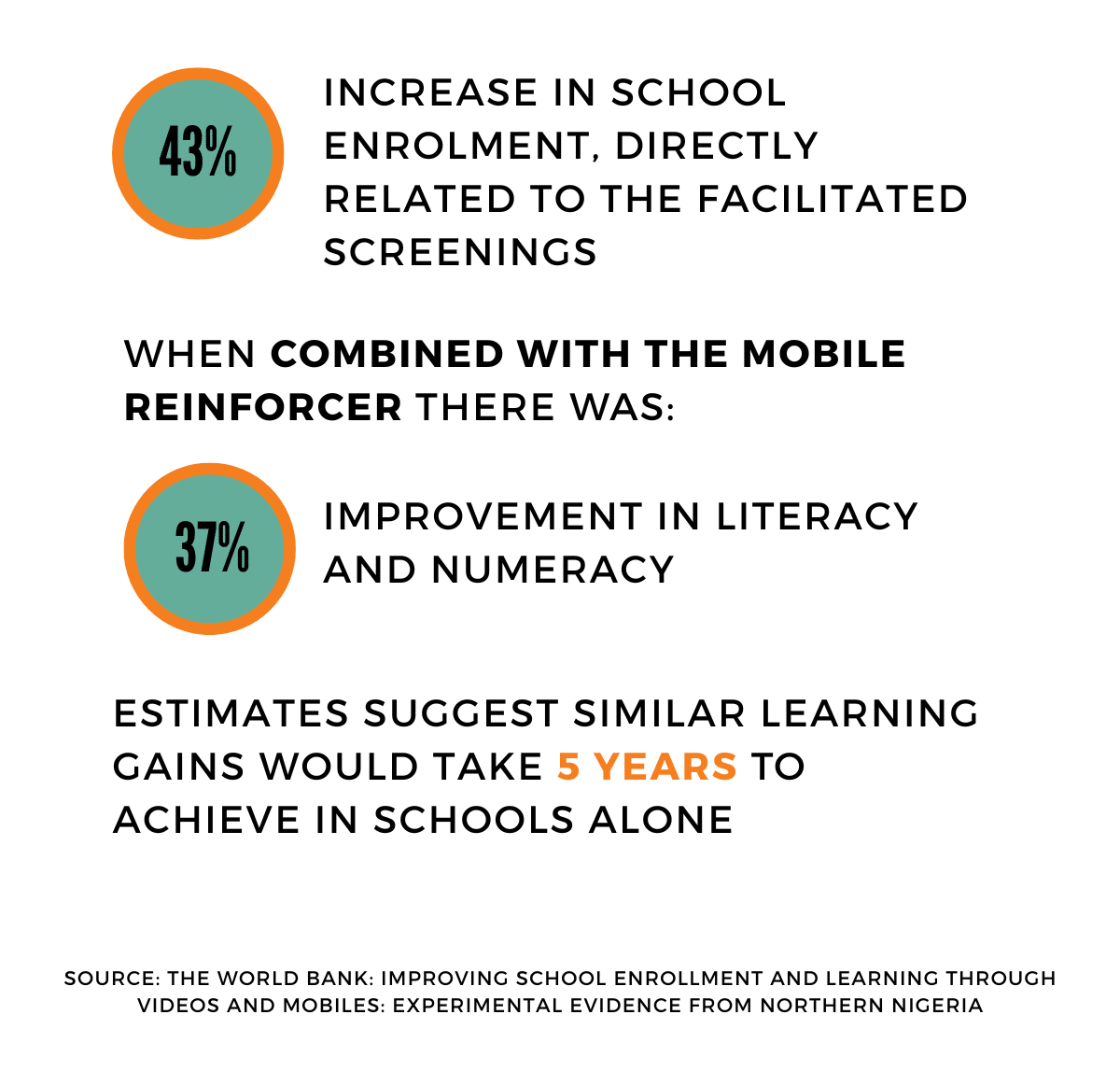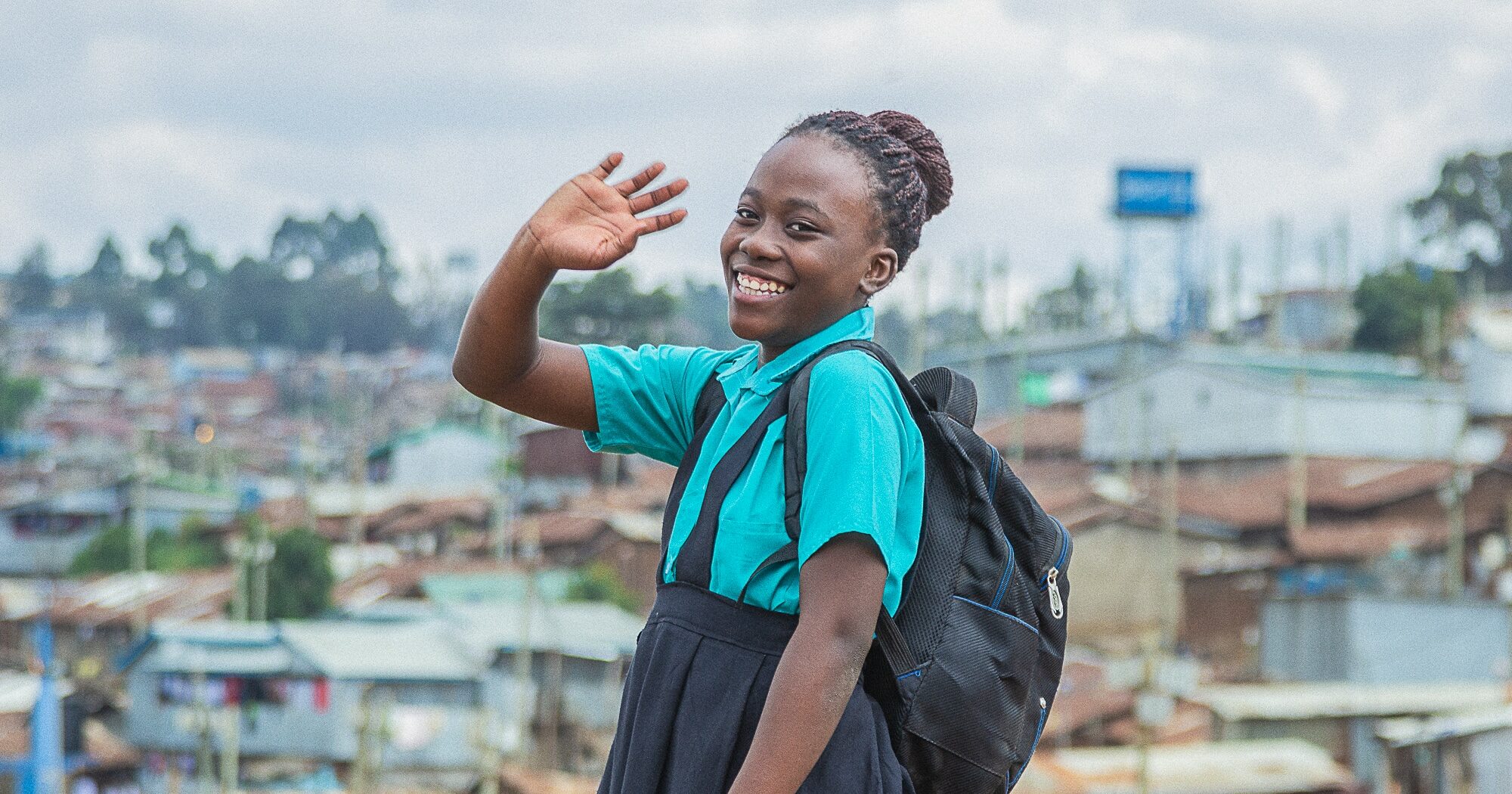In countries grappling with an over-stretched education system, there are various obstacles which hinder quality learning. Issues such as a high number of out-of-school children, a high teacher-to-student ratio, and early marriages for girls present significant challenges.
But what happens when traditional learning is supplemented with innovative interventions? A World Bank study investigated.
The Study
Within 128 communities in Northern Nigeria, the World Bank explored the benefits of incorporating innovative interventions alongside traditional education methods. Two key interventions were implemented and assessed:
- The edutainment series ‘My Better World’ 1.
Our ‘My Better World’ series aims to increase life skills and aspirations, particularly among girls. By using this series as a catalyst for discussions, facilitators reinforced the importance of girls’ education. The study measured the impact of this intervention on parental engagement and perception.
- A home-learning app on mobile phones
To supplement classroom learning and facilitate home-based education, a home-learning app was distributed to households. In half of the intervention communities, 40% of households received smartphones preloaded with foundational literacy apps. This approach aimed to empower parents and children with digital tools to enhance learning outside of the traditional classroom setting.
The Impact
The interventions had a significant impact.

Why Did it Work?
The study revealed compelling insights into the efficacy of the multi-layered approach to education.
- Expanding Parental Options. New interventions gave parents new perspectives and tools to implement.
- Higher Aspirations. Parents were prompted to reevaluate the importance of education, leading to enhanced aspirations for educational achievement, particularly among girls.
- Building Parental Belief. Parents developed a heightened belief in their capacity to support their child’s learning journey. By actively engaging with the edutainment series and utilizing the home-learning apps, parents felt empowered and equipped to make a positive difference in their child’s education.
- Cultivating a Culture of Home Learning. The study demonstrated that parents who participated in the interventions were more likely to make time for home learning activities. By embracing these supplementary educational resources, parents recognized the value of reinforcing classroom teachings within the home environment, fostering a culture of continuous learning.
Conclusion
The multi-layered approach to education offers promising support to communities facing over-stretched education systems and cultural barriers to girls’ education. By expanding parental options, building belief, and cultivating a culture of home learning, we can create an educational landscape where every child thrives.




